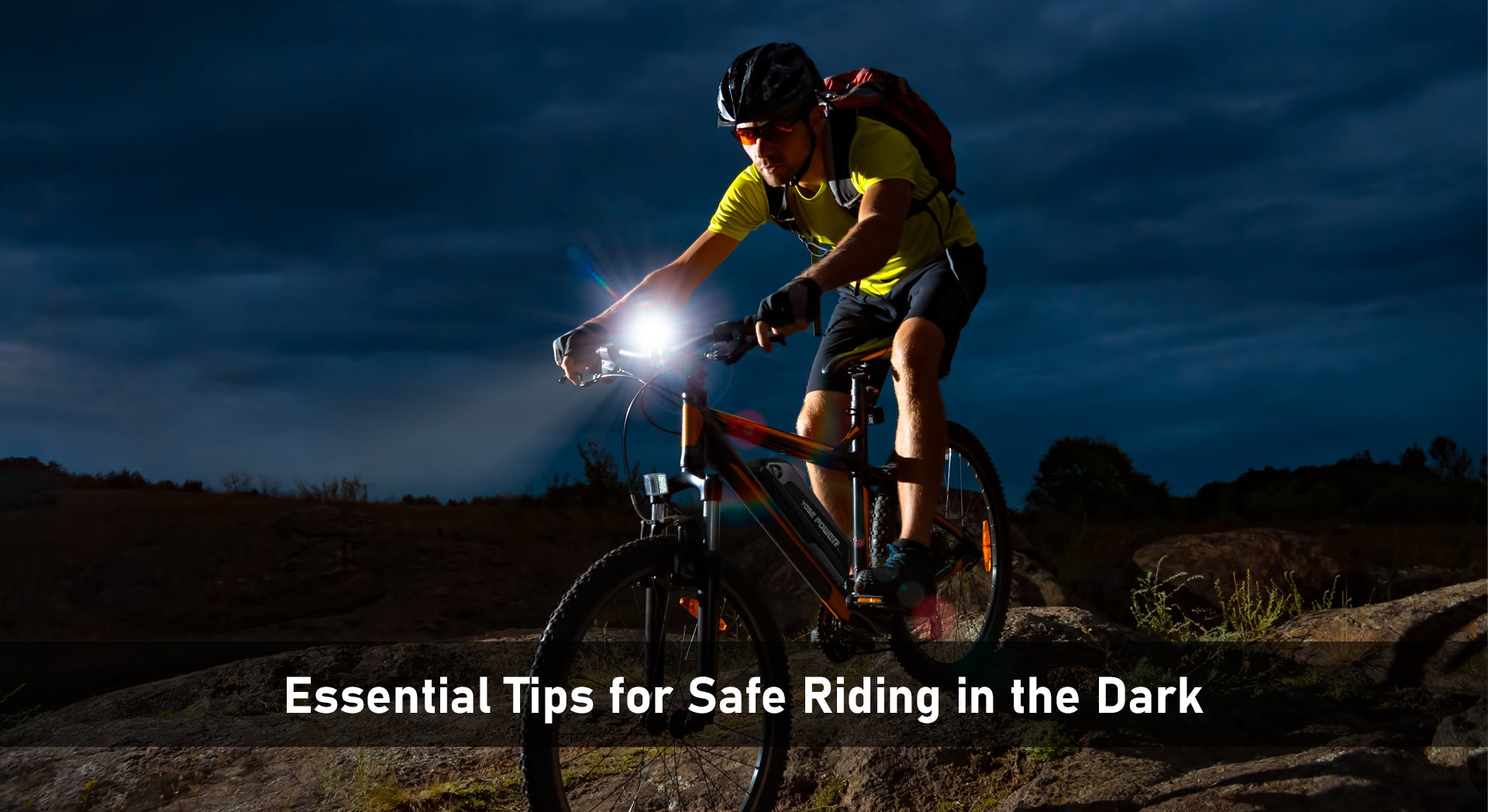Cycling is not only a convenient mode of transportation but also a thrilling recreational activity. However, as the sun sets and darkness envelops the surroundings, cycling at night presents a unique set of challenges and risks. In this article, we delve into the essential tips and strategies for mastering night cycling, ensuring safety and confidence on the road.
Preparing Your Gear
Before embarking on a nocturnal journey, it is crucial to prepare your gear meticulously. Start by making yourself highly visible to other road users. Invest in reflective clothing and accessories, such as reflective vests, ankle bands, and helmet covers. Additionally, equip your bike with powerful front and rear lights, as well as reflective tape or decals on the frame and wheels.
In most countries, there are specific laws governing bicycle lights. Failure to install lights according to regulations is considered illegal. For instance, in the United Kingdom, the Road Vehicles Lighting Regulations (RVLR)
outline that it is illegal to cycle on a public road between sunset and sunrise without lights. Furthermore, the law specifies that the front light must emit white light, while the rear light must emit red light. Regulations also dictate the height and positioning of the lights, stating explicitly that they should be mounted to the bike and cannot exceed 1,500mm from the ground. Other countries, such as Germany, have some of the strictest regulations globally, known as the StVZO bike light regulations.
Therefore, before embarking on a journey, ensure that your bicycle lights comply with the regional standards to avoid potential interception by law enforcement.
Planning Your Route
Selecting the right route is paramount for a safe and enjoyable night ride. Opt for well-lit paths and familiar routes to minimize the risk of getting lost or encountering unexpected obstacles. Avoid high-traffic areas and hazardous road conditions, such as potholes or construction zones. Utilize GPS navigation and bike-friendly apps to plan your route in advance, taking into account factors like elevation changes and potential detours.
Enhancing Awareness and Visibility
Maintaining heightened awareness and visibility is essential for navigating the darkness safely. Stay vigilant and alert throughout the ride, scanning the road for any potential hazards or obstacles. Use clear hand signals and communicate your intentions to other road users, such as drivers and pedestrians. Make eye contact with drivers at intersections to establish visibility and ensure they acknowledge your presence on the road.
Safety Measures and Precautions
Prioritize safety by wearing appropriate protective gear, including a well-fitted helmet and padded gloves. Familiarize yourself with traffic laws and regulations, obeying signals and signage at all times. Carry essential tools and emergency supplies, such as a spare tube, tire levers, and a mini pump, to address any mechanical issues or unforeseen circumstances on the road.
Adjusting Your Riding Technique
Adapt your riding technique to the challenges of night cycling, maintaining a moderate speed to retain control and react swiftly to obstacles. Keep both hands on the handlebars and maintain a steady posture to navigate uneven terrain and sudden changes in road conditions. Exercise caution when approaching intersections and making turns, yielding to oncoming traffic and pedestrians to prevent accidents.
Dealing with Adverse Weather Conditions
Be prepared to encounter adverse weather conditions during night rides, such as rain, fog, or strong winds. Adjust your speed and braking distance accordingly, allowing for increased stopping time and traction on wet or slippery surfaces. Exercise discretion and judgment when deciding whether to proceed with the ride or postpone it due to extreme weather conditions that may compromise safety. If you'd like to read more articles, such as tips for cycling in rainy weather or windy conditions, please visit News for more information. YosePower will continue to update you with more articles about electric bicycles.
Post-Ride Maintenance and Safety Check
After completing your night ride, take the time to inspect your bike for any damages or issues that may have occurred during the journey. Clean and maintain your bike lights, reflectors, and other accessories to ensure they remain functional and visible for future rides. Store your bike in a secure location to prevent theft or damage, ready for your next nocturnal adventure. Please refer to "Is It Difficult to Maintain an E-bike? " for a detailed maintenance manual.
Conclusion
Cycling at night offers a unique perspective and exhilarating experience for enthusiasts, but it also requires careful preparation and attention to safety. By following the essential tips outlined in this article, you can master the art of night cycling and enjoy the freedom of riding in the dark with confidence and peace of mind. Remember to prioritize safety at all times and make informed decisions to ensure a safe and enjoyable journey on the nocturnal roads.


Share:
More About Yose Power 250W E-Bike Conversion Kit
Easy Maintenance Tips for Your E-Bike [DIY]